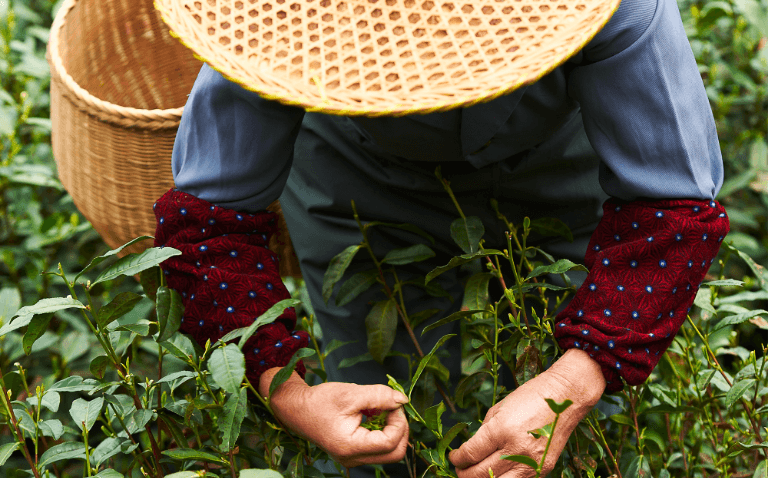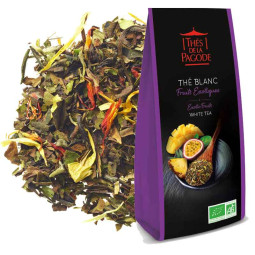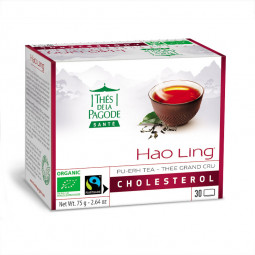Earl Grey Green Tea
The hallmarks of a major English classic


Delivery within 8 to 12 days

Secure payment

Duration: 3 minutes

Enjoy until mid-afternoon

Temperature: 80°C

2g in 200 ml of water
Description
Grown in the Anhui province to the east of Shanghai, this Earl Grey Green Tea is an excellent green tea deriving from the “Chun Mee” variety, meaning “old man’s eyebrow” in Chinese.
It is a very appealing green tea, with small, fine and regular shaped leaves producing a sweet and sophisticated beverage. These green tea leaves combine perfectly with the fresh, fruity and lightly-spiced natural essence of the Sicilian Bergamot to produce a delicious, subtly flavoured drink.
Its intense aroma makes it the perfect tea for entertaining and providing a sophisticated tasting experience.
Earl Grey Tea is a major classic. The delicate flavour of bergamot, a hybrid citrus fruit developed from a cross between a lime and a Seville orange, characterises this tea with its highly recognisable taste.
The legend behind its creation
There are many stories about the origin of Earl Grey tea. The most common legend has it that this tea owes its name to an earl whose surname was Grey. A Chinese servant working for the Grey family had the bright idea of enhancing the tea’s flavour by dipping a slice of bergamot orange in it before serving it to the Grey family. And that’s how Earl Grey tea came about! After becoming the British Prime Minister, Charles Grey’s new tea blend spread like wildfire throughout the country, and soon throughout the world, and its popularity has never declined since.
Ingredients
Manufacturing secrets
A precious plucking

Thés de La Pagode® respects an age-old tradition to ensure that all the benefits of tea are preserved. Indeed, the quality and fragrance of a tea are determined, among other things, by the type of leaf picked. In spring, in the gardens of Thés de la Pagode®, the "Imperial Plucking" is practiced: the pluckers select only the bud ("Pekoe" in Mandarin) and the first leaf. Another technique used is "fine picking". In this case, the pickers remove the bud and the first two leaves.
The ABC patent. A unique patent for the enrichment of organic tea for health
Our certifications










